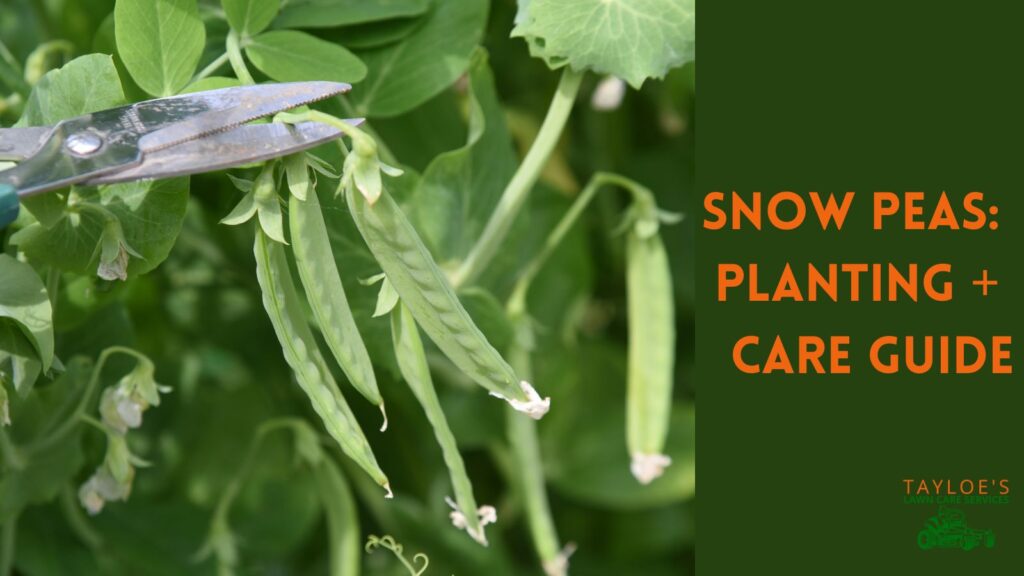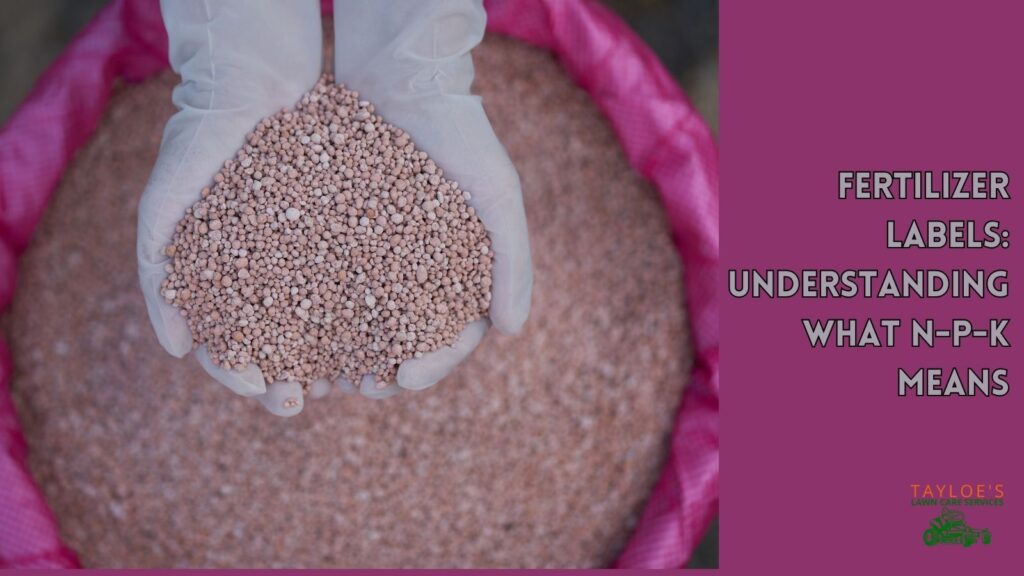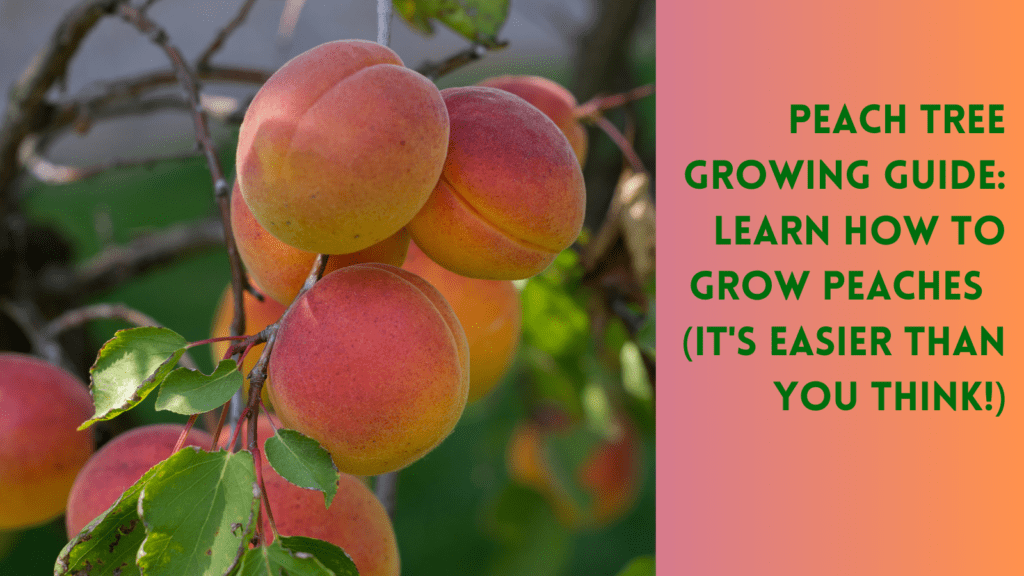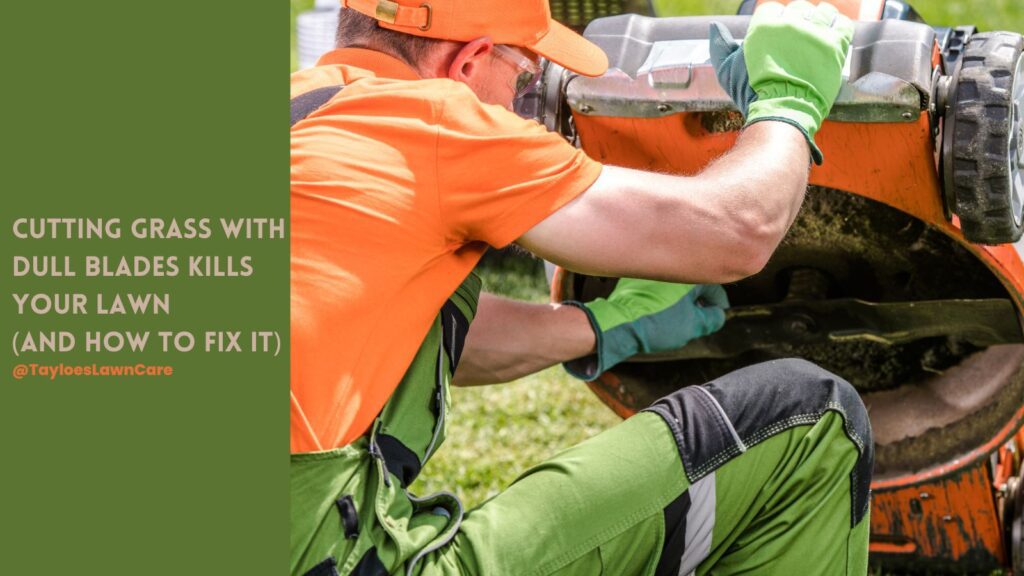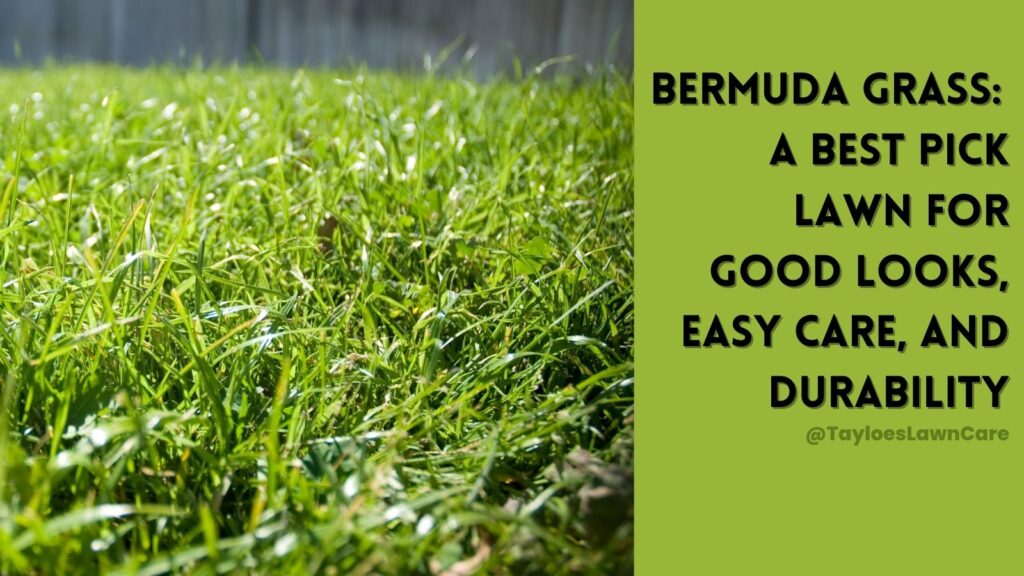Last Updated on: 7th August 2024, 06:24 am
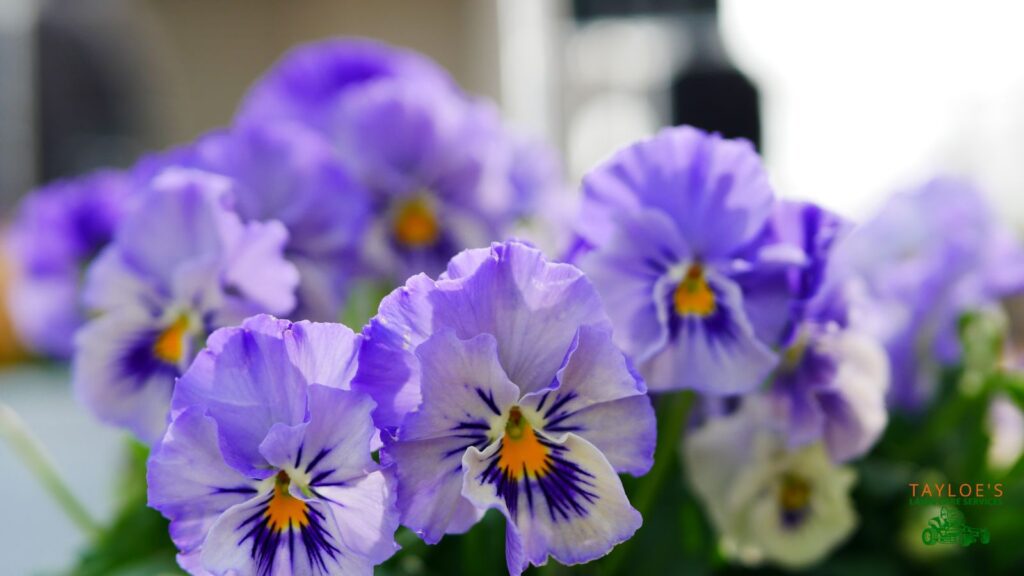
Here’s what you can do this month to prepare your lawn and garden for warmer weather.
March can be a mixed bag for predicting the weather in northeastern North Carolina. We might wake up to a frost in the morning and need to wear shorts in the afternoon. But time doesn’t stand still for your lawn and garden, and March is the time to kick off our long warm-weather seasons.
This article covers the 31 tasks this month to help you have the best outdoor spaces later. These tasks are flexible and forgiving. So if we have bad weather, skip it and catch up tomorrow.
March 1: Monitor for Frost and Cold Snaps
As you near the end of March, keep an eye on the local weather forecast for unexpected cold spells. Frost can damage or kill young plants and emerging growth. Be ready to cover tender plants with frost cloth or burlap. Newspaper can even do the trick!
In addition to covering plants, you can water the soil around them in the evening. Why’s that important? Moist soil retains the heat better than drier soil. This vigilance will help safeguard your garden against late-season frosts.
Be on the lookout for frost throughout the whole month!
March 2: Install Weed Control Fabric
Early March is ideal for laying down weed control fabric in your garden beds. This one step can save you hours of weeding later in the season. Start by clearing the area of any existing weeds and debris. Lay the fabric over the soil, covering up the entire bed. Cut slits or Xs in the fabric where you plan to plant your flowers or vegetables.
Secure the fabric with garden staples to keep it in place. This method discourages weed growth, helps retain soil moisture, and prevents soil erosion.
March 3: Pruning Fruit Trees
Pruning is key to the health and productivity of your fruit trees. The goal is to remove dead or diseased wood, thin out crowded branches, and shape the tree for better light penetration and air circulation.
This should be done before the trees begin to bud in early spring. Use sharp, clean pruning tools, and make cuts at a slight angle away from the bud. Remember, each cut can influence the tree’s growth, so prune thoughtfully and conservatively.
If buds are already swelling in the limbs, do not cut them.
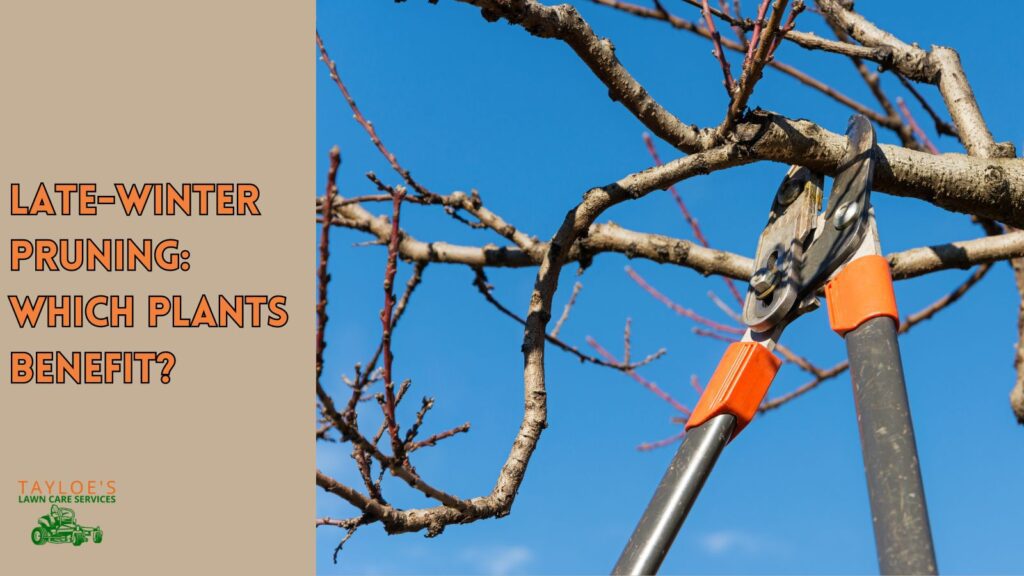
March 4: Plan a Pollinator Garden
Creating a pollinator garden is not only rewarding for you but also beneficial for the environment. This task is a planning session; it’s too early still to put in most pollinator plants.
Choose a sunny space in your yard to have the best results. Choose various plants that flower at different times throughout the growing season. That will provide a continuous food source for bees, butterflies, and other pollinators. Consider native plants, which are often well-adapted to your local climate and attractive to native pollinators.
Don’t forget to provide a water source, like a shallow birdbath, and avoid using pesticides, which can harm beneficial insects. Your pollinator garden will be a haven for wildlife and add beauty and diversity to your landscape.
March 5: Organize Gardening Supplies
A well-organized garden shed or storage area can make gardening tasks more efficient and enjoyable. Take this day to inventory and organize your seeds, fertilizers, and other gardening supplies. Check your seed packets for expiration dates and organize them by planting date or type. Sort your fertilizers, pesticides, and garden tools, and responsibly dispose of expired or damaged items. This organizational effort will pay off throughout the gardening season, making each task smoother and more streamlined.
March 6: Install or Repair Irrigation Systems
Efficient watering is key to a healthy garden. Spend today checking and fixing any issues with your drip lines, sprinklers, or other irrigation systems. Inspect hoses for leaks or cracks and repair or replace them as needed. Clean out sprinkler heads and adjust their positions to ensure even coverage. If you’re using a drip irrigation system, ensure the emitters are placed correctly and not clogged.
March 7: Establish a Compost Area
Composting is a fantastic way to convert kitchen and garden waste into nourishment for your lawn and garden beds. Choose a convenient spot in your yard for a compost bin or pile. If you’re setting up a new compost area, ensure it’s easily accessible and has good air circulation. Add a mix of green (kitchen scraps, lawn clippings) and brown (dry leaves, twigs) materials. Turn your compost regularly to aid decomposition and check for adequate moisture levels. You will reduce your waste and create a valuable resource for your garden.
March 8: Sow Cold-Hardy Vegetables
As March ushers in milder days, it’s the perfect time to start sowing cold-hardy vegetables. The best way to ensure any frosty weather ahead doesn’t ruin them is to plant them in containers.
What to try? Peas, kale, spinach, and lettuce are excellent choices for early planting as they can withstand cooler temperatures. Pick a sunny spot in your yard and find a big container with good drainage holes.
Prepare by adding soil and organic materials to give your vegetables a nutrient-rich start. Plant the seeds at the depth the seed packet recommends, and water gently. Remember, these early crops can handle a little chill, but keep an eye on nighttime temperatures and be ready to cover them or move the containers to a protected spot if a late frost is forecasted.
March 9: Clean and Prep Your Greenhouse
If you are fortunate enought ohave a greenhouse, early March is the ideal time to clean it thoroughly. Clear out any plant debris and disinfect surfaces to prevent the spread of disease. Wash the panes to maximize light penetration, which is crucial for plant growth.
Inspect the structure for any damage, especially to the ventilation system, and make necessary repairs. A clean and well-maintained greenhouse will provide an optimal environment for starting seeds and growing delicate plants.
March 10: Aerate Your Lawn
Aerating your lawn is crucial for maintaining its health and vigor. It involves making small holes in the soil to allow air, water, and nutrients to get to the roots. As a result, the roots grow deeper and produce a stronger, more vigorous lawn. The best time to aerate is when the soil is moist but not soggy.
You can learn more about aeration here. Better yet, call us 252.287.3376; Tayloe’s Lawn Care can help!
March 11: Apply Weed and Feed to the Lawn
Boost your lawn with a weed and feed treatment. This combination product fertilizes the lawn while also controlling emerging weeds. Choose a product that suits your grass type and follow the manufacturer’s instructions for application.
It’s also a good time to loosen up the soil and overseed any brown spots or damage.
March 12: Refresh Container Soil
Today, turn your attention to your container plants. Over time, potting soil becomes compacted and depleted of nutrients, reducing plant growth. Begin by carefully removing your plants from their containers. Toss the old material into your compost bin.
Refresh your containers with new, high-quality potting soil, giving your plants the nutrients they need for healthy growth. Replant your plants and water them well. Pot cold-hardy pansies for a lovely touch of early-season color.
March 13: Clean Hummingbird Feeders
As spring approaches, it’s time to prepare for the return of hummingbirds. Start by thoroughly cleaning your hummingbird feeders. Remove old nectar, wash the feeders with hot water and a 5% vinegar, and rinse them well. Avoid harsh chemicals or soap, as these can harm the birds.
Once clean, fill them with fresh nectar (a mixture of four parts water to one part white sugar, boiled and cooled). Hang the feeders outside to welcome these delightful visitors to your garden.
March 14: Prep the Bird Feeders
Early spring birds are returning and looking for food sources. Take this day to clean and refill your bird feeders. Remove old seeds, clean the feeders with a mild detergent, and rinse them thoroughly. Once dry, fill them with various seeds to attract different bird species. Also, consider providing a water source for the birds. Watching birds can add an extra level of enjoyment to your gardening experience.
March 15: Add Bare-root Plants
Bare-root plants, such as trees, shrubs, and roses, are best planted while the ground is moist and before they break dormancy. Dig a hole that’s both wide and deep enough to accommodate the roots. Spread the roots out and position the plant so the crown is level with the soil’s surface. Backfill the hole with soil and water well. Finally, add a layer of mulch to conserve moisture and regulate soil temperature. Planting bare-root plants in early spring allows them to establish before summer heat.
March 16: Sharpen Garden Tools
You already organized your tools earlier in the month. So dedicate today to sharpening your shears, pruners, hoes, and other cutting tools. Use a file or sharpening stone; follow the original angle of the blade. After sharpening, oil the blades to prevent rust.
Also, check the handles of your tools for any splinters or cracks and repair or replace them as needed. Well-maintained tools will last longer and make your gardening work easier and more effective.
March 17: Clear Weeds and Debris
With warmer weather, it’s time to tidy up your garden beds and borders. Remove winter debris, such as fallen leaves, branches, and garden waste. Early weeding is crucial as pulling weeds out is easier when they’re small, and the soil is moist. Clearing debris and weeds improves your garden’s appearance and reduces habitats for pests and diseases. A clean and tidy garden is more welcoming and easier to maintain.
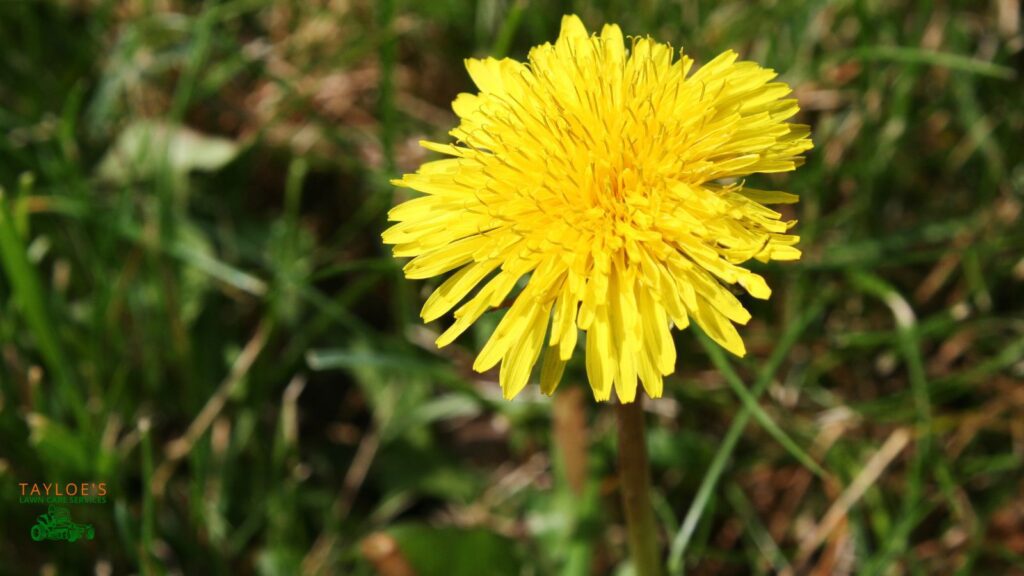
March 18: Check for Pest Damage
Early detection of pests and diseases can save a lot of trouble later in the year. Inspect your plants for damage or unusual symptoms. Look for chewed leaves, discolored foliage, or any other signs of distress.
Identifying problems can make treatment more effective and less invasive. If you find signs of pests or diseases, research the best course of action or consult a local gardening expert for treatment advice.
March 19: Prune Perennials and Shrubs
Pruning perennials and shrubs are essential for promoting healthy growth and maintaining an attractive garden. For perennials, cut back last year’s growth to a few inches above the ground. This will encourage fresh, new growth in the spring. When pruning shrubs, remove any dead, damaged, or diseased branches. Also, thin out crowded areas to improve air circulation. The goal is to shape the plants while encouraging healthy growth and blooming.
March 20: Apply Mulch or Pinestraw
Mulching is the best way to conserve soil moisture and regulate temperature once the heat of NC summer sets in. It also helps suppress weed growth. Apply a fresh 2″ layer of mulch around your plants, and be careful not to mound it against the stems or trunks. Organic mulches, such as hardwood shreds or pine straw, add nutrients to the soil as they decompose. Mulching helps your plants and gives your garden a neat, finished appearance.
No truck to buy your pine straw? No problem! We can help deliver and spread your pine straw. Call or text us at 252.287.3376. We have the prettiest, cleanest straw; it’s better than any we’ve seen in years.
March 21: Start Seeds Indoors
For those summer flowers and vegetables that need a head start, begin sowing seeds indoors. Use a good seed-starting mix and sow seeds in trays or pots according to the packet instructions. Provide adequate light by a sunny window or grow lights. Keep the soil consistently moist. Starting seeds indoors extends the growing season and enjoy many longer-growing-season plants. Starting them now gives you seedlings to put in the ground by the middle to end of May.
March 22: Prepare Vegetable Beds
Preparing your vegetable beds early can lead to a more productive garden. Start by removing any weeds or debris. Loosen up the soil with a fork or a tiller. It will improve aeration and drainage. Enrich the soil by adding compost and organic matter.
This addition will give your vegetable plants the nutrients they need to be strong and healthy. If you’re creating new beds, choose a spot with plenty of sunlight and good drainage.
March 23: FertilizeTrees and Shrubs
Spring is also the best time fertilize trees and shrubs as they begin active growth. Choose a balanced, slow-release fertilizer that suits the specific needs of your plants. Follow the instructions on your fertilizer package for application rates and methods.
Apply the fertilizer evenly, surrounding the base of each tree or shrub. But avoid placing it directly against the trunk or stems. This nutrient boost will help support healthy growth and robust blooming or fruiting throughout the season.
March 24: Inspect and Repair Structures
Winter weather can take a toll on garden structures. Inspect fences, trellises, and gates for any damage. Tighten any loose bolts, and repair or replace broken or rotted wood. If paint is peeling or faded, a new coat can protect the wood and improve the appearance of your garden. Well-maintained structures look better and provide the necessary support for climbing plants and vegetables.
March 25: Test Soil pH and Nutrients
Healthy soil is the foundation of every bountiful garden. Test your soil’s pH and nutrient levels to determine if any amendments are needed. If your soil is too acidic or alkaline, you can adjust it using lime (raising the pH) or sulfur (to lower the soil’s pH). But you can’t make that call if you don’t know your pH value.
Depending on the test results, you may also need to add specific nutrients to optimize plant growth.
March 26: Divide and Transplant Perennials
Perennials can become overcrowded over time, leading to reduced blooming and vigor. Divide and transplant them in early spring to rejuvenate your plants. Carefully dig up the clumps. Then divide them into smaller sections using a spade or knife. Replant these sections in well-prepared soil, spacing them appropriately. Water them well after transplanting. This task not only improves the health of your perennials but also provides an opportunity to expand your garden.
March 27: Plan and Design Day
Take some time to plan and design new planting areas in your garden. Sketch your ideas, considering sun exposure, soil type, and water availability. Think about the colors, textures, and heights of the plants you want to include.
Also, consider how the new plantings will fit into the overall design of your garden. Good planning can transform your garden into a more beautiful and cohesive space.
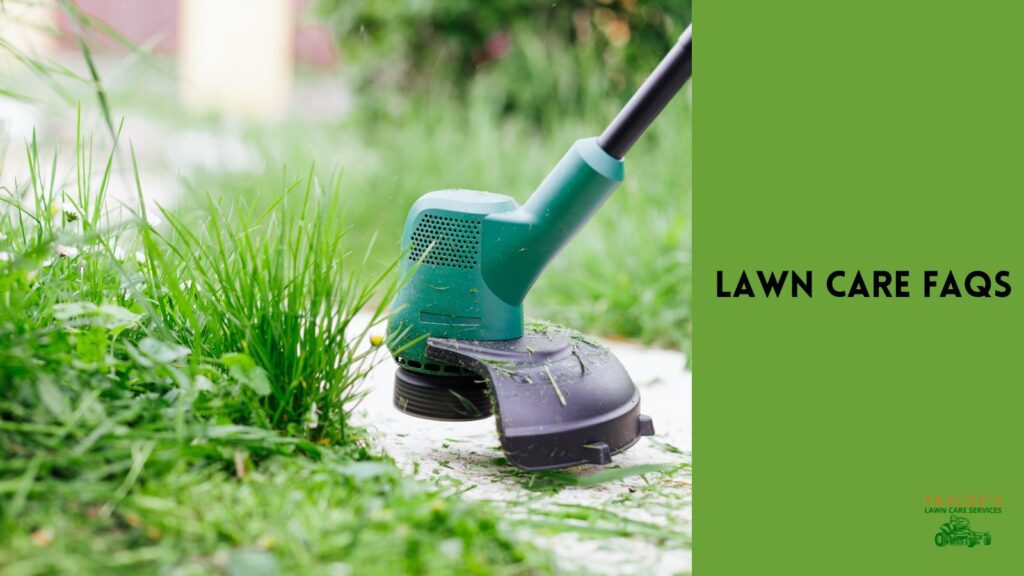
March 28: Cleaning Pots and Planters
Before the full swing of planting season, giving your pots and planters a good clean is a great idea. This not only improves their appearance but also helps prevent the spread of diseases. Remove old soil and plant debris, then wash the containers. NC State University Ag Extension recommends soaking them in 1 part bleach to 9 parts water before you scrub them.
For stubborn stains or algae growth, a brush may be necessary. Rinse the containers thoroughly. Then, let them dry before use. This simple task ensures your new plants have a fresh, healthy start.
March 29: Deadhead Early Spring Flowers
As your early spring flowers start to bloom and fade, it’s important to keep them looking their best and encourage further blooming. This is where deadheading, the process of removing spent blooms, comes into play. Deadheading not only tidies up your plants but also redirects their energy from seed production to more flower production.
Use your fingers or clean and sharp scissors or pruners to deadhead. Snip off the faded blooms and return to the first healthy leaf set. This will not only improve the appearance of your plants but also stimulate new growth, leading to a longer flowering season.
Early spring flowers that benefit from deadheading include pansies and primroses.
March 30: Lay Out New Paths or Borders
Enhance the structure of your garden by planning and constructing new paths or border edges. These elements add aesthetic appeal and functionality to your garden. Start by outlining the desired areas with string or garden hoses. Choose materials that complement your garden’s style, such as stone, brick, or wood chips for paths and metal or plastic edging for borders. Ensure paths are wide enough for comfortable access and properly secured borders to prevent grass and weeds from creeping.
March 31: Assemble or Repair Raised Beds
Raised garden beds offer excellent drainage, improved soil conditions, and a longer growing season. If you plan to install new raised beds, choose a location with ample sunshine and good water access. Use durable materials like cedar or composite boards.
For existing beds, inspect them for any damage or wear. Tighten loose screws and replace rotting or broken boards. Filling your beds with fresh soil or compost will rejuvenate them for the new planting season.
The Takeaway: March Is a Busy Month for Lawn Care and Gardening
Remember that a well-maintained garden and lawn enhance the beauty of your home and provide a space for relaxation and enjoyment. Also, keep in mind that these 31 tasks are not linear! Feel free to group tasks in a way that works for you. For instance, some people like to go outside for a few minutes a day, while others love long days outside and can check many things off this list in a few hours.
The point is – this month is when you set your lawn and garden up for a successful season.
We also understand that life can be busy, and not everyone has the time or resources to tackle all these tasks alone.
That’s where Tayloe’s Lawn Care Services, LLC comes in.
Serving the communities of Bertie and Hertford Counties, we are here to lend a helping hand with all your lawn care and yard maintenance needs, big or small. We provide lawn care in Ahoskie, Murfreesboro, Windsor, Aulander, and all points in between!
If you’re in Bertie or Hertford Counties and need assistance with your garden or lawn, don’t hesitate to call or text us at 252.287.3376. Let Tayloe’s Lawn Care Services, LLC, help you maximize your outdoor space this season and beyond!
Author Profile

- Deborah Tayloe is the CEO and co-founder of Tayloe's Lawn Care Services, LLC. She has a B.S.Ed and holds certificates in soil and water management and herbology from accredited programs.
Latest entries
 GardeningSeptember 27, 2025What perennials, shrubs, and trees don’t like fall pruning (and why)?
GardeningSeptember 27, 2025What perennials, shrubs, and trees don’t like fall pruning (and why)? Trees and ShrubsSeptember 14, 2025Fall Shrub Pruning Guide (September–October)
Trees and ShrubsSeptember 14, 2025Fall Shrub Pruning Guide (September–October) Trees and ShrubsApril 22, 2025Boxwood Blight: Early identification and isolation
Trees and ShrubsApril 22, 2025Boxwood Blight: Early identification and isolation Flower GardenApril 8, 2025John F. Kennedy Rose: Hybrid tea rose with elegant white blooms
Flower GardenApril 8, 2025John F. Kennedy Rose: Hybrid tea rose with elegant white blooms

